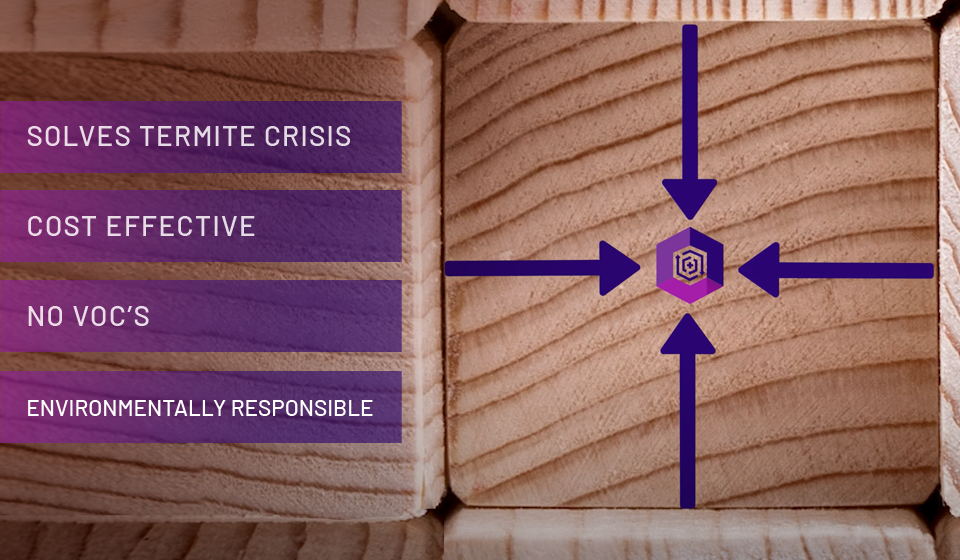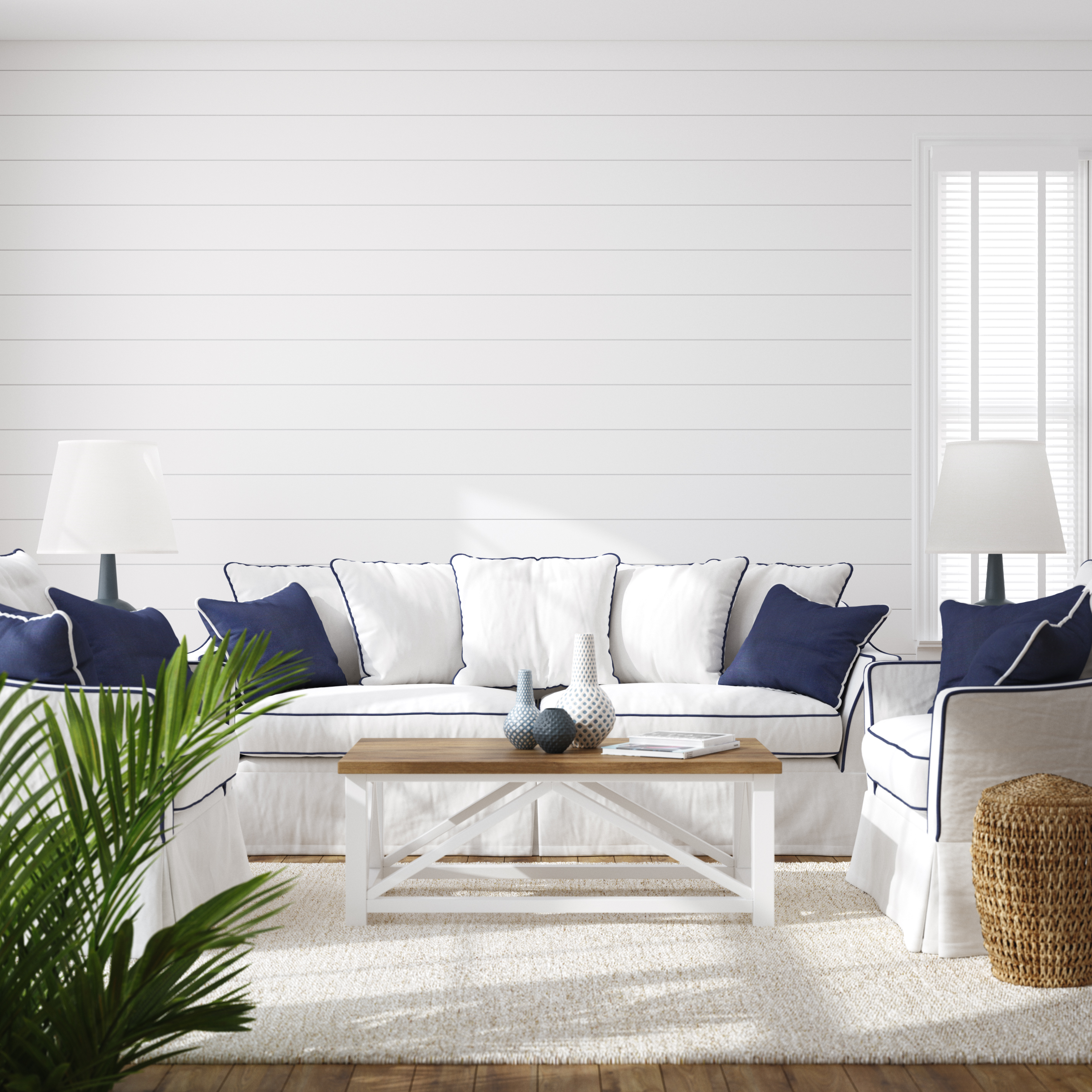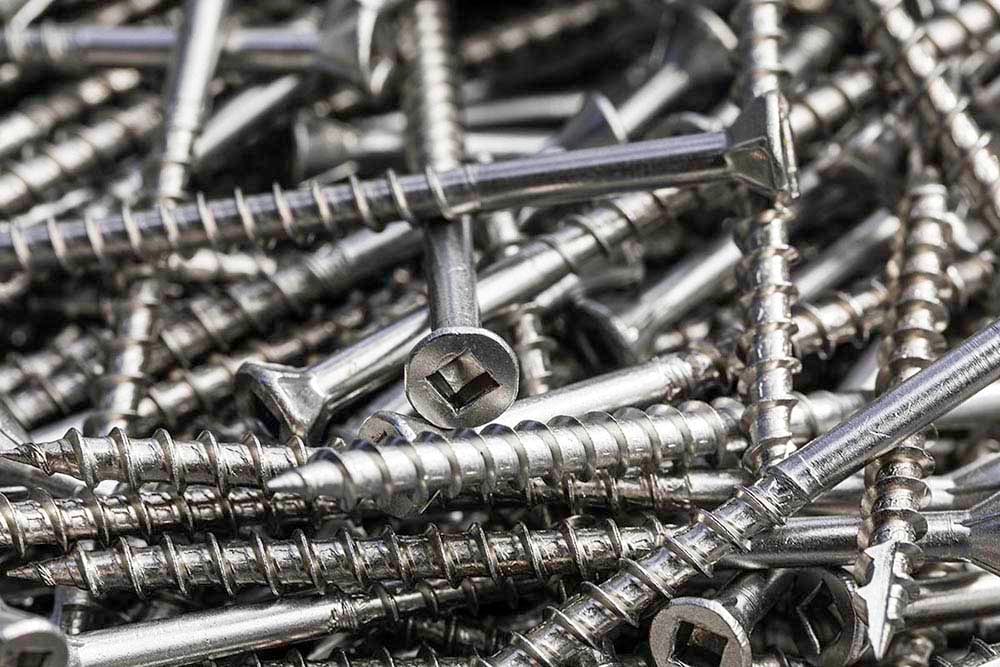How To Join Shiplap Corners
If you are installing shiplap on two adjacent walls, you’ll need to decide how you want your corners to appear. Depending on whether it is an inside...
3 min read
Edge : Aug 20, 2025 10:09:45 AM

When installing wood siding, the corner treatment you choose significantly impacts both the visual appeal and long-term performance of your project. When it comes to wood siding, construction professionals have two primary options for creating polished, professional corners: mitered corners for seamless aesthetics or exterior corner trim for architectural definition and enhanced protection.

Mitered corners involve cutting siding boards at complementary angles (typically 45 degrees) to create continuous corner joints without visual interruption. This precision technique delivers the most refined appearance by maintaining unbroken wood grain flow around corners.
Key Advantages:
Installation Requirements:
Ideal Applications:

Corner trim (corner boards) involves installing vertical trim pieces at exterior corners. This traditional approach combines superior weather protection with architectural character while streamlining the installation process.
Performance Benefits:
Design Flexibility:
Installation Efficiency:
Corner trim installations provide superior long-term weather protection. The vertical trim pieces create a defensive barrier at the corner joint, while mitered corners rely entirely on sealant integrity at the joint line. In high-exposure applications, corner trim offers measurably better moisture management.
Mitered corners demand precision cutting and fitting skills, with minimal tolerance for error. Corner trim installations are more forgiving, allowing slight variations in siding cuts to be camouflage, or even concealed behind the trim face if the trim is installed after the siding. This difference significantly impacts installation time and labor costs.
Corner trim systems offer superior maintainability. Individual trim pieces can be repaired or replaced without affecting surrounding siding sections. Mitered corner failures often require more extensive repair work and careful matching of replacement materials.
For Mitered Installations:
For Corner Trim Installations:
Both corner treatment methods require early decision-making to ensure proper material ordering and realistic project scheduling. Mitered corners typically add to corner installation time, while corner trim may require additional trim material procurement but often reduces overall installation duration.
The choice between mitered corners and exterior corner trim ultimately depends on balancing aesthetic priorities, weather protection requirements, installation efficiency, and long-term maintenance considerations. Understanding the distinct advantages of each approach ensures you can recommend the optimal solution for each project's specific requirements.
Browse our complete exterior siding collection to find the ideal materials for your next professional installation.

If you are installing shiplap on two adjacent walls, you’ll need to decide how you want your corners to appear. Depending on whether it is an inside...

In the realm of wood preservation, where durability intertwines with longevity, Kop-coat's TRU-CORE® Technology stands as a paragon of excellence....

Each board profile delivers a distinct look and feel to homes. Some patterns are suitable for the exterior, while others are better suited for...

In the world of sustainable architecture, innovative materials continue to emerge, paving the way for environmentally conscious designs. One such...